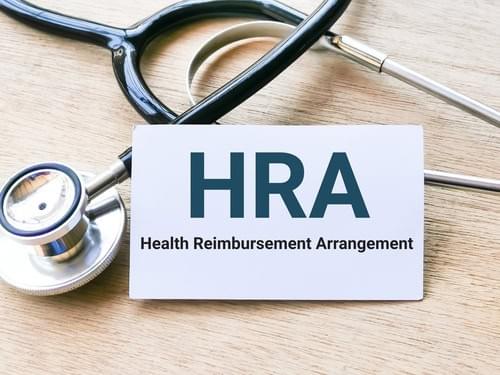October 24, 2025
ICHRA Or QSEHRA Which One Is Right For Your Business

ICHRA vs. QSEHRA: Which HRA is Right for Your Business?
For businesses looking for a flexible, cost-controlled way to offer health benefits without the hassle of a traditional group plan, Health Reimbursement Arrangements (HRAs) like the Individual Coverage HRA (ICHRA) and the Qualified Small Employer HRA (QSEHRA) have become game-changers.
Both allow employers to reimburse employees tax-free for individual health insurance premiums and qualified medical expenses. However, their rules and structure are quite different, making one a better fit than the other depending on your company’s size, budget, and long-term goals.
Here is a breakdown of the key differences between ICHRA and QSEHRA.
1. Business Size and Eligibility
The most significant distinction lies in which employers are allowed to offer each plan.
- QSEHRA: This arrangement is specifically for small businesses with fewer than 50 full-time equivalent (FTE) employees.
- ICHRA: This is available to employers of any size, from small startups to large enterprises. This flexibility makes it ideal for growing businesses that anticipate surpassing the 50-employee threshold.
2. Contribution Limits and Flexibility
QSEHRA offers simplicity with its budget, while ICHRA provides greater customization and scalability.
- QSEHRA: This plan has strict annual maximum contribution limits set by the IRS, which are adjusted each year. The benefit must also be offered on the same terms to all eligible employees, though it can be varied by age and family size.
- ICHRA: There are no federal minimum or maximum contribution limits. This allows employers to set the allowance that best fits their budget. Crucially, ICHRA also allows employers to customize allowance amounts based on up to 11 different employee classes (e.g., full-time, part-time, salaried, hourly, or by geographic location).
3. Group Health Plan Compatibility
Your existing or future group health offerings will determine your HRA compatibility.
- QSEHRA: An employer cannot offer a QSEHRA alongside any group health plan. It must serve as the company’s sole health benefit offering.
- ICHRA: An employer can offer an ICHRA alongside a group health plan, but not to the same class of employees. For example, you could offer a traditional group plan to your salaried workers and an ICHRA to your hourly staff.
4. Coordination with Premium Tax Credits
The HRA an employee receives may impact their eligibility for Affordable Care Act (ACA) premium tax credits (subsidies).
- QSEHRA: Employees can use their premium tax credit in conjunction with the QSEHRA, but the tax credit is reduced dollar-for-dollar by the amount of the QSEHRA benefit.
- ICHRA: Employees must waive their premium tax credit if they accept the ICHRA benefit, if the ICHRA is deemed “affordable” by ACA standards. If the ICHRA is considered “unaffordable,” the employee can choose between the ICHRA or the premium tax credit.
Which One is Right for You?
- Choose QSEHRA if: You are a small business (under 50 FTEs), want a straightforward and simple setup, and are comfortable with the annual IRS contribution caps.
- Choose ICHRA if: You are a larger or growing business, need the flexibility to offer different allowance amounts to different employee groups, or want to offer a group plan to one set of employees while providing an HRA to another.
Both HRAs offer a powerful, tax-advantaged way to provide health benefits while controlling costs. The best option is simply the one that aligns with your company’s structure and future growth plans.
